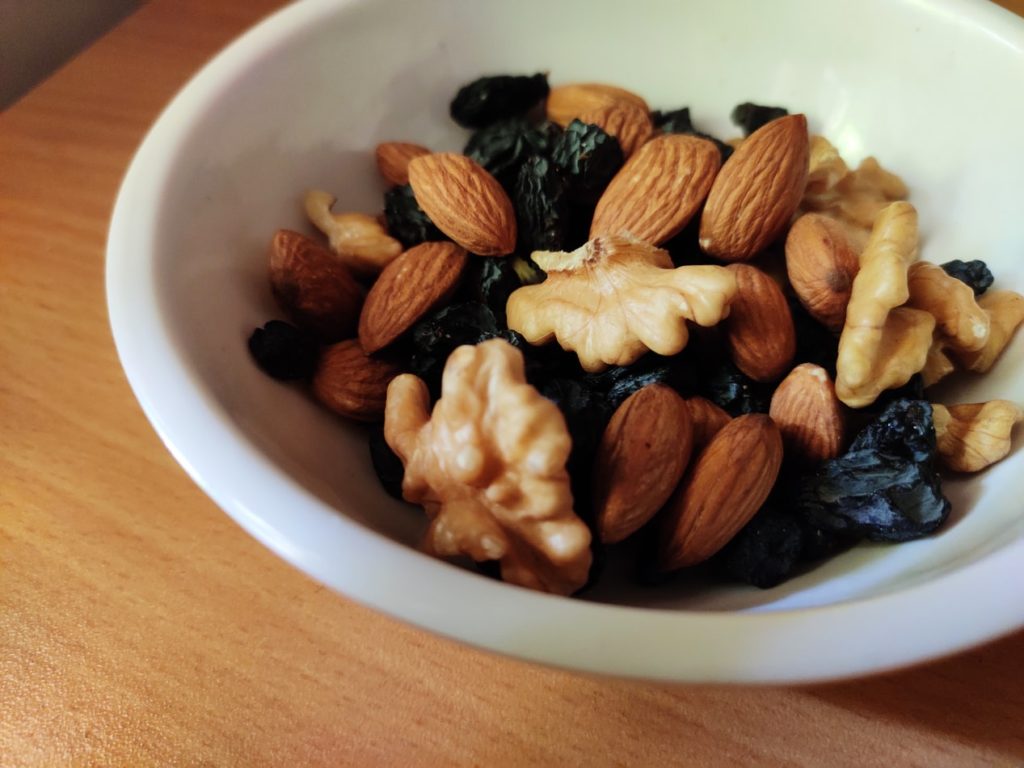
This article originally appeared in the July 2021 edition of Senior Scope. Article by Seth Thomas.
If your diet derailed during the pandemic and you’ve recently committed to start eating healthier, a good place to begin is by looking at your protein intake.
Late last year, the U.S. Department of Agriculture and the Department of Health and Human Services jointly published the latest edition of “Dietary Guidelines for Americans.” The updated report emphasized the importance of maintaining an overall healthy diet across the entire lifespan, rather than emphasizing individual nutrients or specific foods.
However, the report did recommend that those age 60 and above should be mindful of their protein intake and focus on eating a wider variety of proteins. Eating an adequate amount of protein is especially important for older adults because it helps prevent the loss of lean muscle mass, a process that begins decades prior.
Stephanie Boulay, a registered dietitian with Coastline, explained that muscles are constantly being rebuilt. When someone isn’t eating enough protein during the day, they’re not “feeding” their muscles, which could lead to muscle loss. That in turn could lead to more falls.
“If you want to keep your muscles strong and healthy, you need to eat enough protein – and at the right times – and you also have to get some exercise in there as well,” said Boulay at a recent presentation hosted by the Dartmouth Council on Aging.
And while protein is essential for building muscle, it does more than that. Protein helps to transport oxygen throughout the body, and it’s important for your immune system. A diet low in protein can leave you feeling tired and run-down.
How much do you need?
Exactly how much protein you should be consuming in any given day can vary depending on how active you are, your age and sex. The Dietary Reference Intakes (DRIs) recommends a sedentary adult should consume 0.8 grams of protein per kilogram of body weight. For an average man, that’s 56 grams of protein a day. For women, it’s 46 grams. A 3-ounce serving of skinless chicken, for example, contains about 28 grams of protein.
How do I get enough protein?
After you calculate your daily protein intake, it may be tempting to strive for that amount in one sitting – say a massive steak at Texas Roadhouse – but you should avoid eating your recommended amount in a single meal.
“Just like you need to eat three times a day, so do your muscles,” said Boulay. “Your body cannot store those amino acids and [access] them whenever they need to. So you have to feed your muscles three times a day.”
Boulay said the biggest problem she sees among her clients is breakfast. People tend to gravitate toward carbohydrates in the morning, whether it’s a stack of pancakes or a slice of toast. Then, at the end of the day, people will eat a large slab of meat for dinner.
Try incorporating protein throughout the day, such as eggs in the morning, or by snacking on protein-rich foods, like nuts or hummus with carrots.
Don’t skip out on exercise
“I think COVID has really shown that if you don’t move around, you lose your muscles,” said Boulay. “We need exercise to help build that new muscle and prevent further loase.”
She noted that any amount of movement you can sneak in during the week will benefit your health, whether it’s swimming, raking leaves, gardening or taking a walk. Try to strive for 20 to 40 minutes of exercise per day, and include two days of muscle-strengthening exercises, like using resistance bands or heavy gardening.


Recent Comments